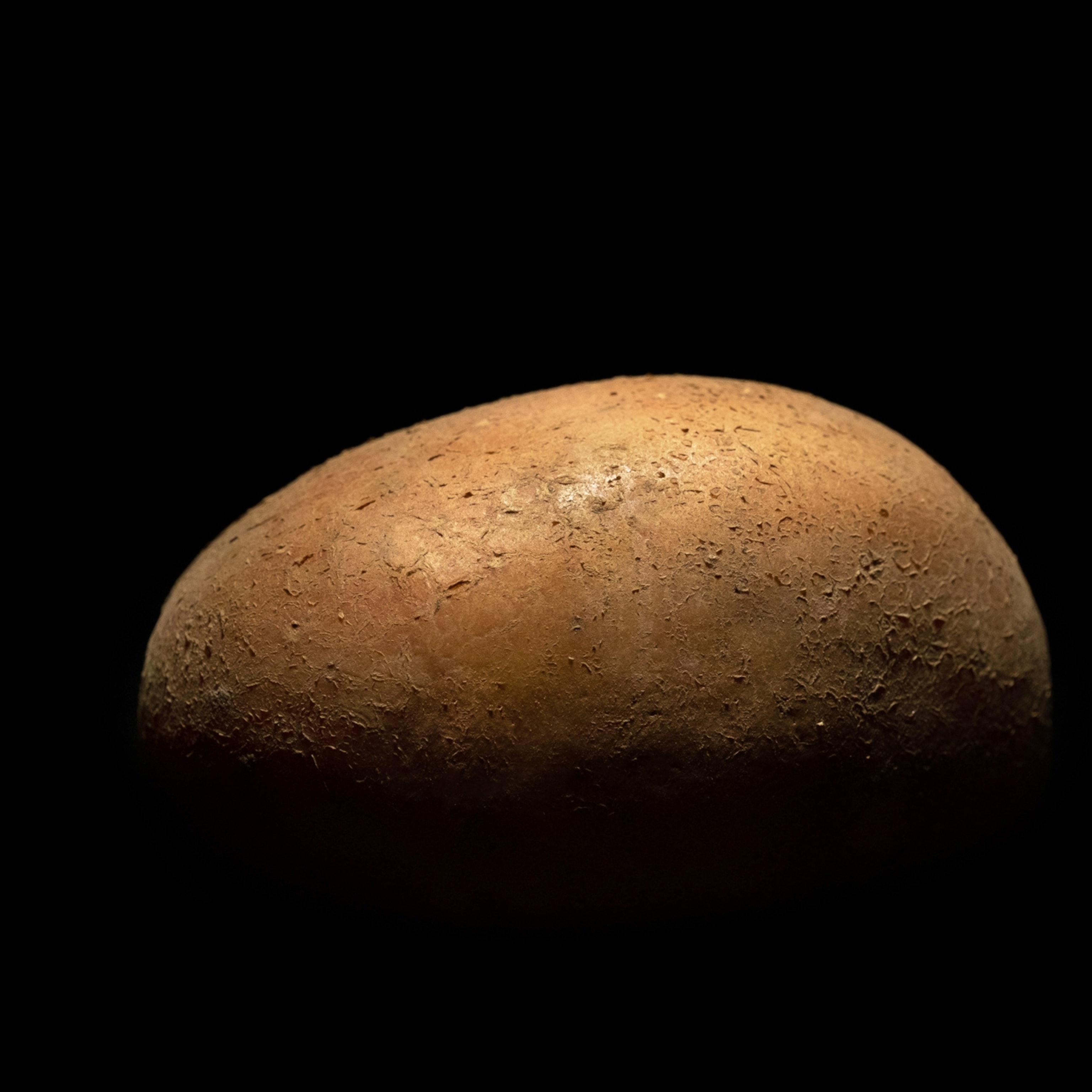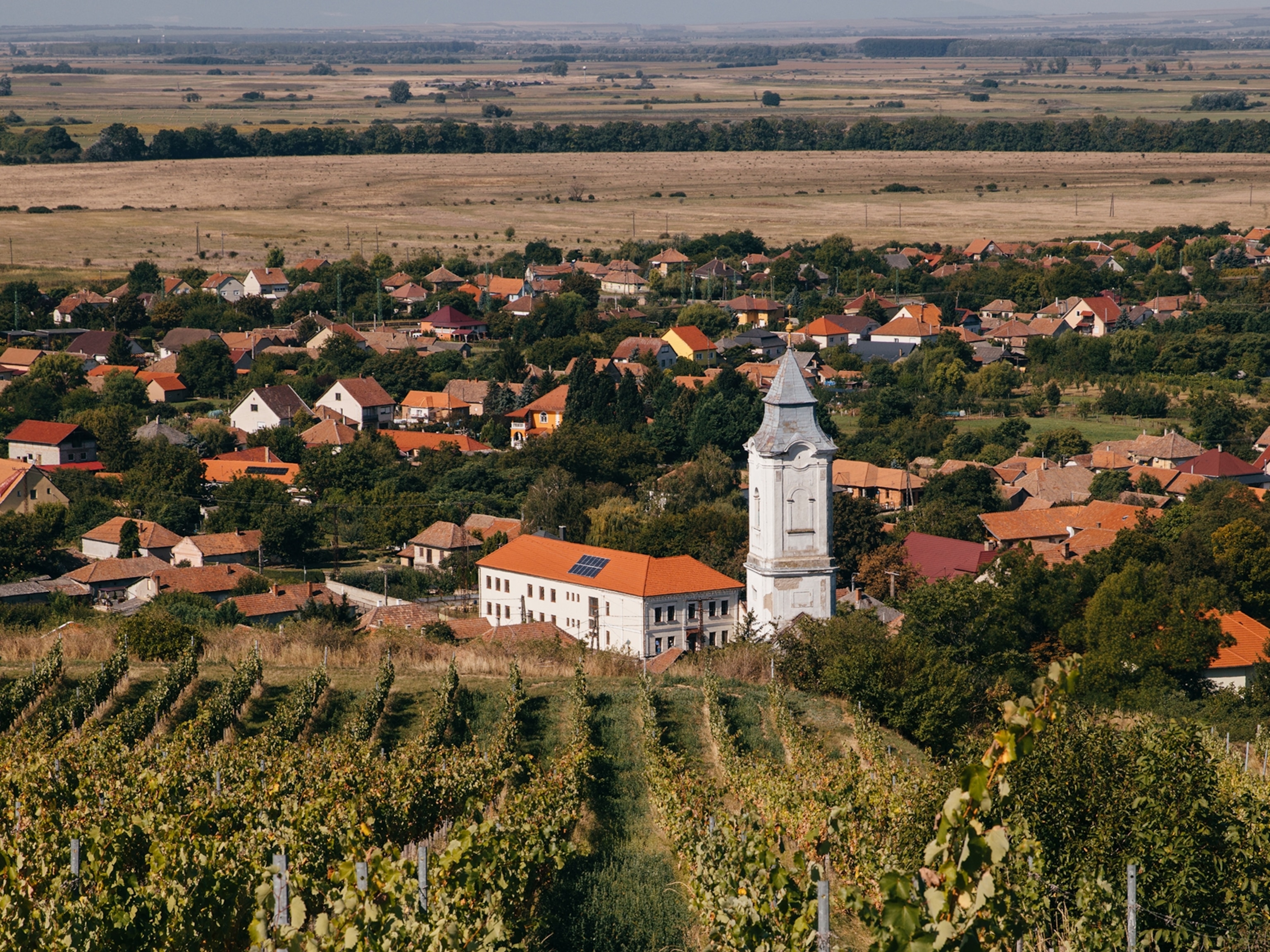
Meet the Lumper: Ireland’s New Old Potato
An Irish farmer has revived a potato not seen since the Great Famine.
“It struck down the growing plants like frost in summer. It spread faster than the cholera amongst men.”
That description of Ireland’s historic potato blight—from English writer E.C. Large’s book The Advance of the Fungi—may sound extreme, but it’s not. The devastating disease nearly wiped out many Irish potato varieties, igniting the country’s Great Famine in the mid-19th century.
But now, just in time for St. Patrick’s Day, one of those blighted potatoes is making a comeback. Meet the Lumper.
As its name implies, this potato is not especially beautiful. It’s large, knobby, and, well, lumpy, with pale brown skin and yellow flesh. Still, it was widely grown in Ireland before the famine because it did well in poor soil and could feed a lot of mouths. (That’s a potato? See varieties of all shapes, sizes ... and names.)
According to University College Dublin’s Cormac O’Grada, an expert on the history of famines, the blight (Phytophtora infestans) destroyed about one-third of Ireland’s potato crop in 1845 and almost all of it in 1846. Because so many people were poor and relied on potatoes for sustenance, the blight had catastrophic consequences, including food riots and mass death from starvation.
Spuds are faring much better today thanks to modern farming techniques and technology, although potato blight is still an ongoing concern for Irish farmers.
A Taste of History
The Lumper was a thing of the mashed, roasted, and baked potato past until about five years ago, when farmer Michael McKillop—a grower and packer for Northern Ireland’s Glens of Antrim potato suppliers—became interested in the antique tuber. He got his hands on some heirloom seeds and cultivated them. (Pictures: Why we need to save our seeds.)
Why revive this particular potato? “I chose the Lumper because of its history and its unusual look and feel,” he said. “The history books said the taste wasn’t particularly nice, so I was fascinated to find out what it was really like myself.”
So how does it taste? Descriptions range from “good” and “pleasing” to “not bad” and “soapy.” The Daily Spud blog calls the Lumper’s texture “waxy,” rather than floury like other potatoes—not necessarily a compliment.
Dermot Carey, the head grower at Ireland’s Lissadell/Langford Potato Collection, which contains more than 200 varieties, has tasted his fair share of different potatoes. He’s not a huge fan of the Lumper: “It’s edible, but it wouldn’t be my favorite.”
A Passion for Potatoes
The debate over the Lumper’s flavor appeal may never be settled, but one thing is clearly established: The Irish love their spuds. The Irish Potato Federation lists several popular varieties on its website, including the widely grown, red-skinned Rooster, the traditional, floury Golden Wonder, and the newly developed, highly blight-resistant Orla.
Chef and native Dubliner Cathal Armstrong, who owns several Washington, D.C.-area restaurants, has mixed feelings about the return of the Lumper: “I think it’s both exciting and a little frightening, to bring back this species of potato that is related to so much devastation. But I would still love to get my hands on some and see how they taste. I guess it would be similar to bumping into the ghost of a long-lost relative in a dark alley.”
Too bad it’s not available in the U.S. But in Ireland, McKillop’s Lumpers—which he grew to be a bit smaller than those of the 1800s—can be purchased at the retail chain Marks & Spencer through the end of March. As for the future, McKillop has plans to plant ten new acres of Lumpers—enough to yield 150 metric tons for 2014.
Whether or not the public will embrace the somewhat homely spud remains to be seen. For now, said gardener Carey, “it’s pure nostalgia.”
Suddenly craving potatoes? Try chef Armstrong’s gratin recipe. He prefers the Idaho variety for this dish, but says the Lumper sounds like it would work too.
What’s your favorite way to eat potatoes? Share it with us in the comments.
Recipe: Cathal Armstrong’s Potato Gratin
Serves 6 to 8
The potatoes should be sliced as you go, so as not to lose any of the starch. Do not slice them all and soak them in water beforehand.
6 russet potatoes, peeled
3 cups heavy cream
1 teaspoon kosher salt
Pinch of fresh, grated nutmeg
1/2 clove of fresh garlic
Preheat oven to 325°F.
Rub the garlic clove along the inside of a wide, heavy-bottomed sauté pan and a 2-quart ovenproof gratin dish.
In the sauté pan, season the cream with salt and nutmeg. Bring to a boil over medium high heat.
Using a mandolin or Japanese slicer, cut the potatoes into 1/4-inch-wide slices. Add these one at a time to the pan of cream, as if dealing a deck of cards. This keeps the slices from sticking together and will create a layered effect.
As soon as all the potato slices are in the cream, turn the heat off and spoon them from the pan into the prepared gratin dish, pouring any remaining liquid on top.
Place the gratin dish in the oven atop a rimmed baking sheet lined with foil, in case it bubbles over. Bake for 45 minutes, or until a knife can easily be inserted all the way through potatoes.








